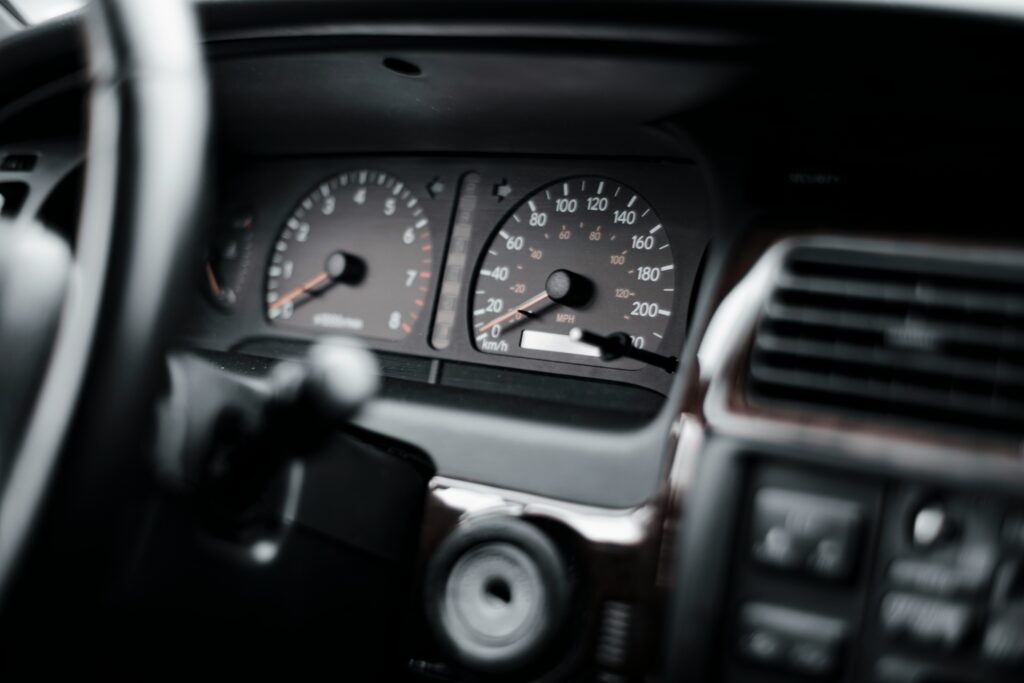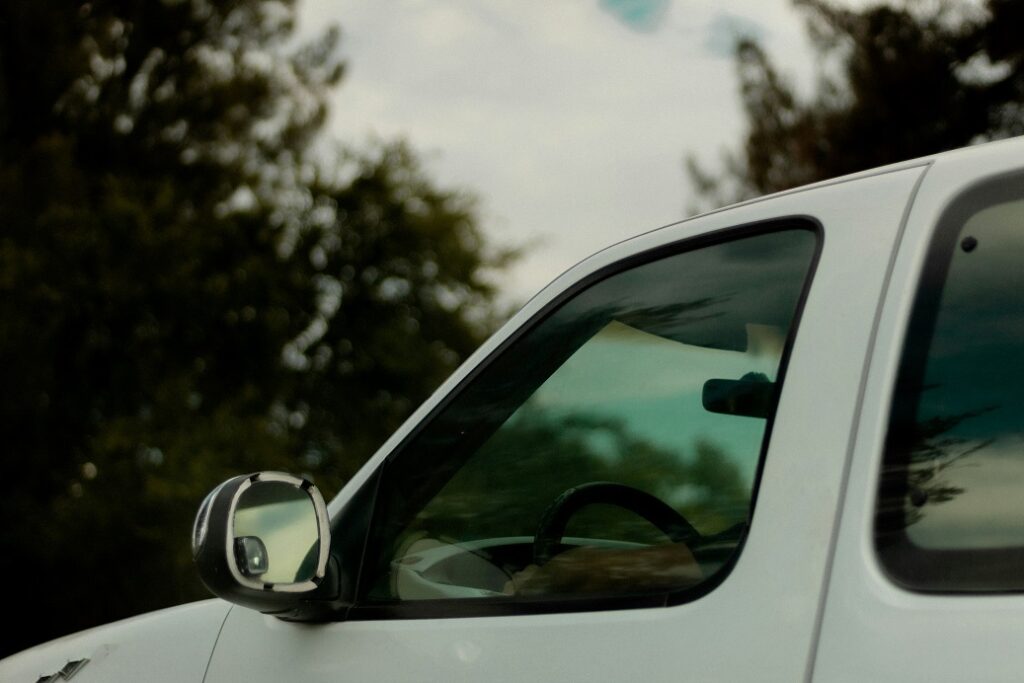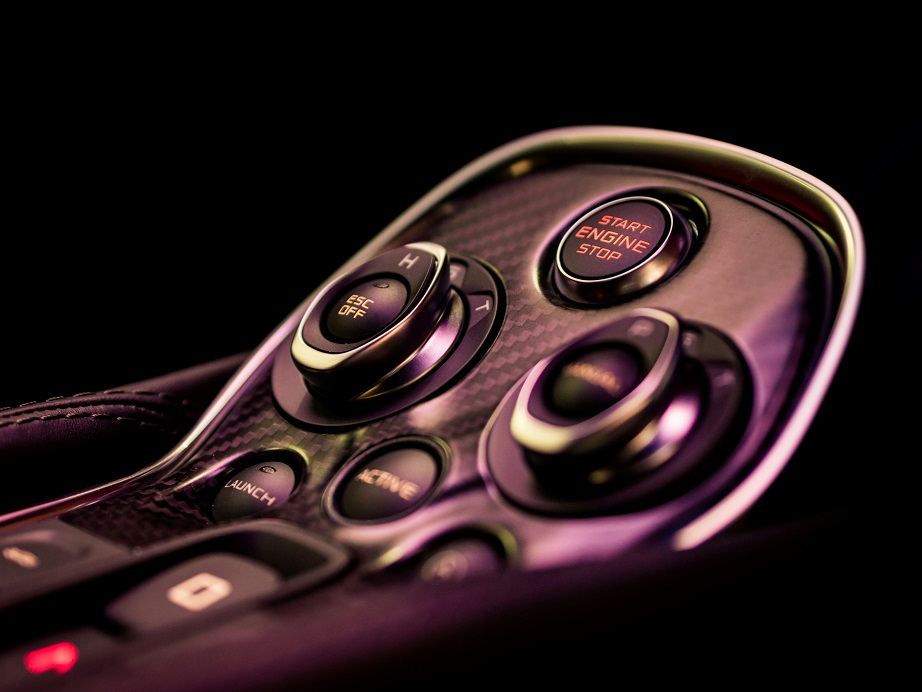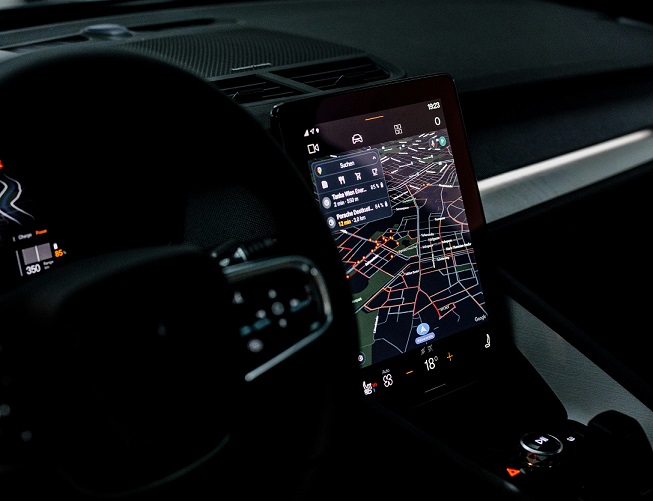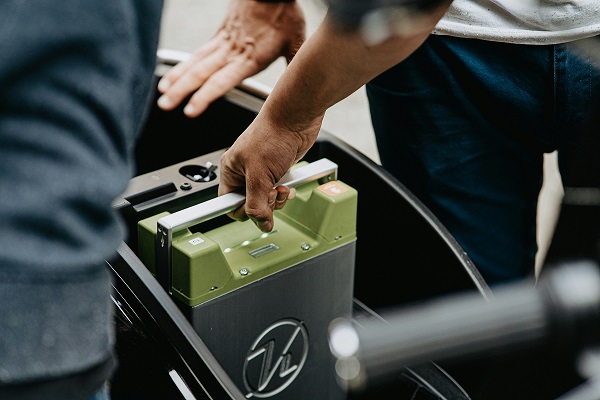Auto Electrical Repairs
Slow power windows
SHARE
As the weather starts to cool and the leaves begin to change, many car owners may notice a frustrating issue with their power windows – they’ve suddenly become slow to operate. This problem can be both inconvenient and concerning, leaving drivers wondering what’s causing the slowdown and how to fix it. In this blog post, we’ll explore the common reasons why power windows can slow down over time and provide some tips on how to get them back to working at peak performance.
One of the primary culprits behind sluggish power windows is a buildup of dirt, debris, and grime in the window track. Over time, these contaminants can accumulate, creating friction that impedes the smooth movement of the window. This friction causes the window motor to work harder, resulting in a slower, more labored operation. To address this issue, it’s important to regularly clean the window tracks using a soft cloth and a mild cleaning solution. Avoid using harsh chemicals or abrasives, as these can damage the delicate components.
Another common cause of slow power windows is a problem with the window regulator. The regulator is the mechanism that physically moves the window up and down, and if it becomes worn or damaged, it can create resistance that slows the window’s operation. Signs of a failing regulator include the window moving in a jerky or uneven manner, or the window not reaching its full range of motion. In some cases, the regulator may need to be replaced entirely to restore proper window function.
Electrical issues can also contribute to slow power windows. The window motor, which provides the power to move the window, can become worn or damaged over time, reducing its efficiency and causing the window to operate more slowly. Additionally, problems with the window switch or the wiring that connects the switch to the motor can disrupt the flow of electricity, leading to a sluggish window response. Diagnosing and addressing these electrical issues may require the expertise of a qualified automotive technician.
In some cases, the slowdown in power window operation may be due to a problem with the window’s balance. Each power window is carefully balanced to ensure smooth, effortless movement, but this balance can be disrupted by factors such as a shift in the window’s position or a change in the vehicle’s alignment. When the window is out of balance, the motor has to work harder to move it, resulting in a slower response. Adjusting the window’s balance may be necessary to restore proper operation.
It’s important to note that the specific cause of slow power windows can vary depending on the make, model, and age of the vehicle. Older cars, for example, may be more prone to issues with the window regulator or motor, while newer vehicles may be more susceptible to electrical problems or balance issues. Regardless of the underlying cause, it’s crucial to address the problem promptly to avoid further damage and ensure the safety and convenience of operating the power windows.
In conclusion, slow power windows can be a frustrating problem, but with a little troubleshooting and maintenance, it’s often possible to get them back to working like new. By keeping the window tracks clean, monitoring the condition of the regulator and motor, and addressing any electrical issues, car owners can help ensure their power windows continue to operate smoothly for years to come.



